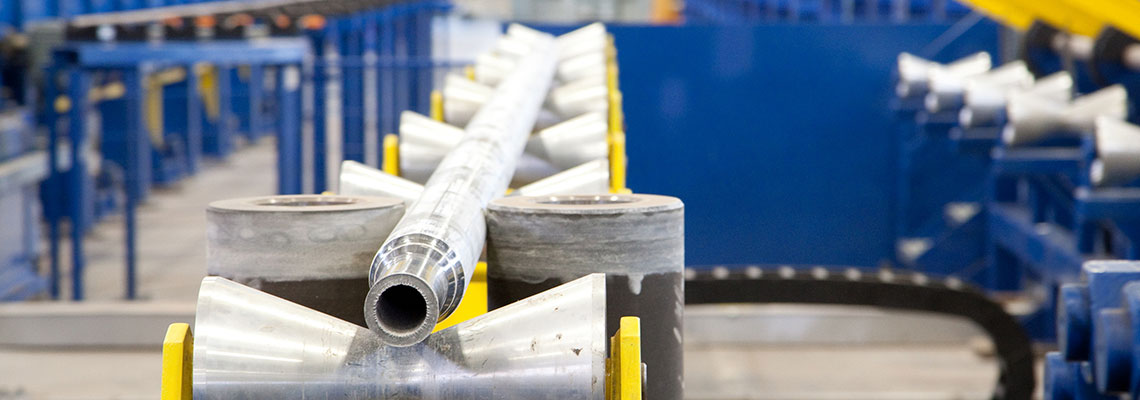Technically, DOM tubing does not look like a tube. It is actually the process from which the DOM tubes are formed. Drawing Over Mandrel refers to a process of metal forming. It begins with an electrically cold drawn – welded. Cold drawn ERW is done through a die and on the sides of a mandrel.
The Outside Diameter and the angle of the die determine the Mandrel (Plug), and the Inside Diameter. The finish and mechanical properties of the final application are further refined through multiple passes.

Drawn over Mandrel
One of the many methods for milling tubes is Drawn Over Mandrel. Other Cold Tube Drawing techniques are available to make the tube size and shape to your specifications. DOM tubing begins as a Hollow, or CREW (Cold Rolled ERW tube).
First, the larger ERW tub is "pointed", in order to be grabbed with a trolley jaw. The trolley is a platform-like conveyor that pulls the tube through a die. A carbide mandrel is then inserted into the bore of the tube. Next, the tube is placed inside a carbide sieve.
The tube's surface is then lubricated with a solvent. The OD (Outside Diameter), and the ID (Inside Diameter), of a newly resized DOM tube, will determine the final size. A high-angle die can thin a thick-wall tube, while a low-angle die will thicken it. Optimum die positioning and its angle determine the correct diameter-to-thickness (D/t) ratio.